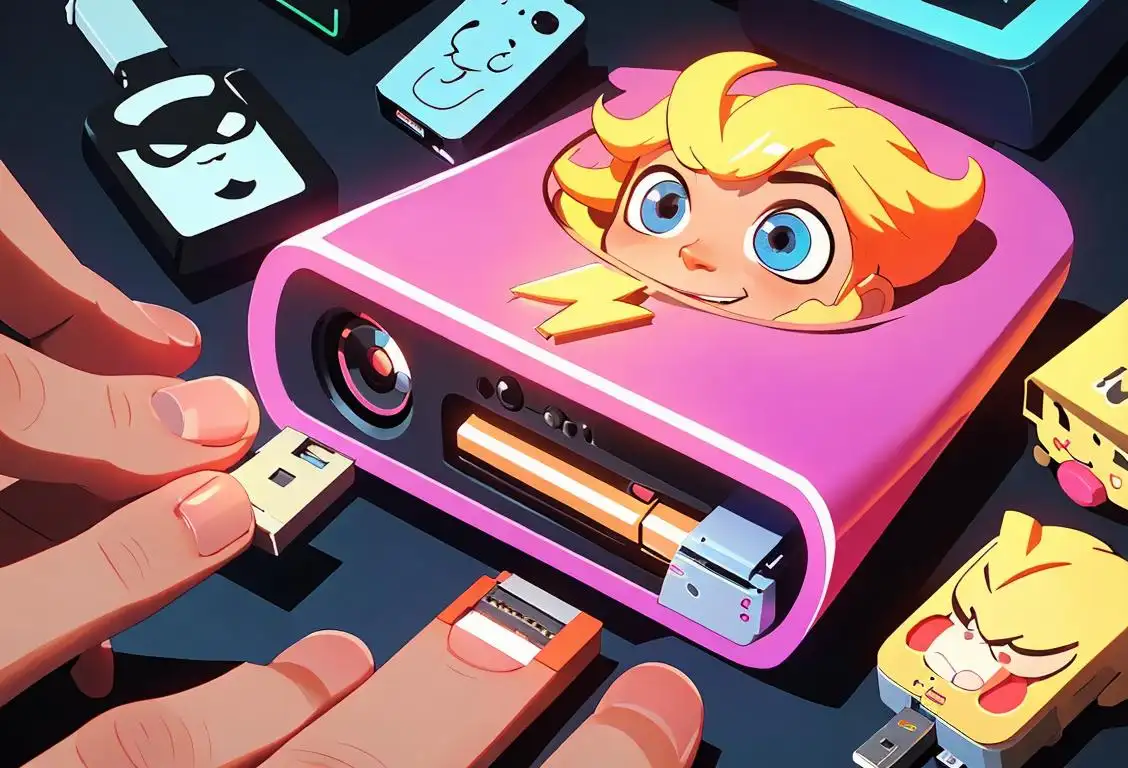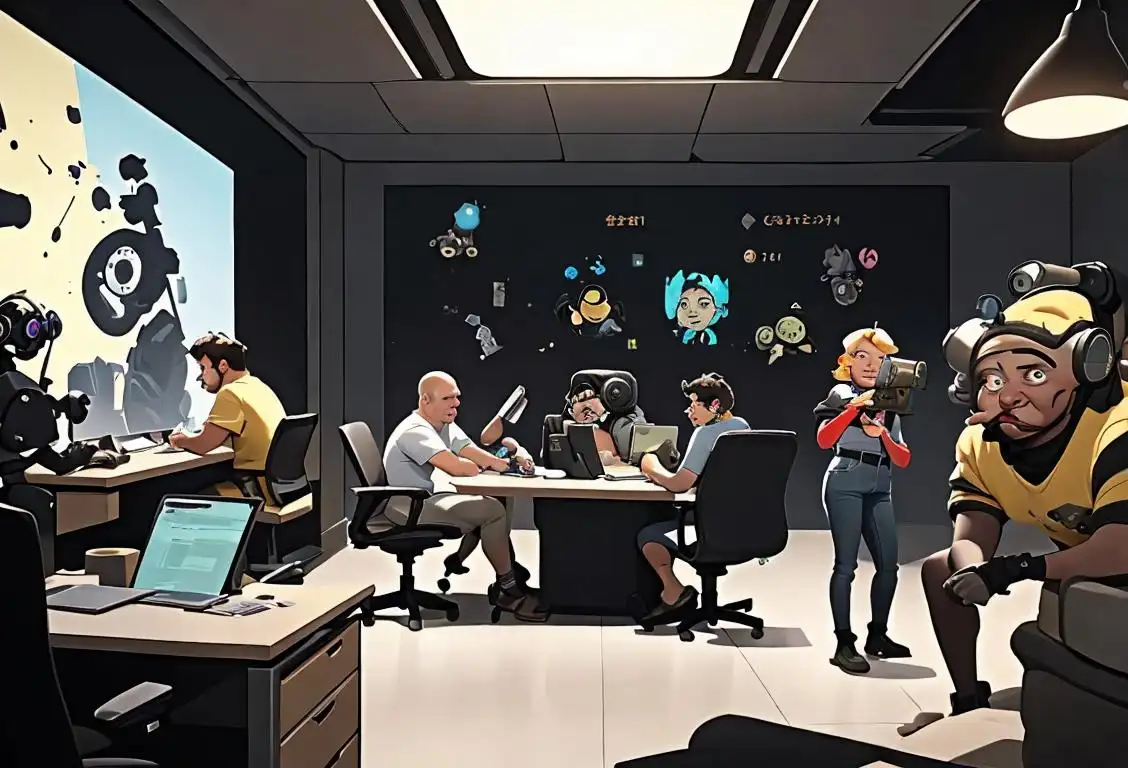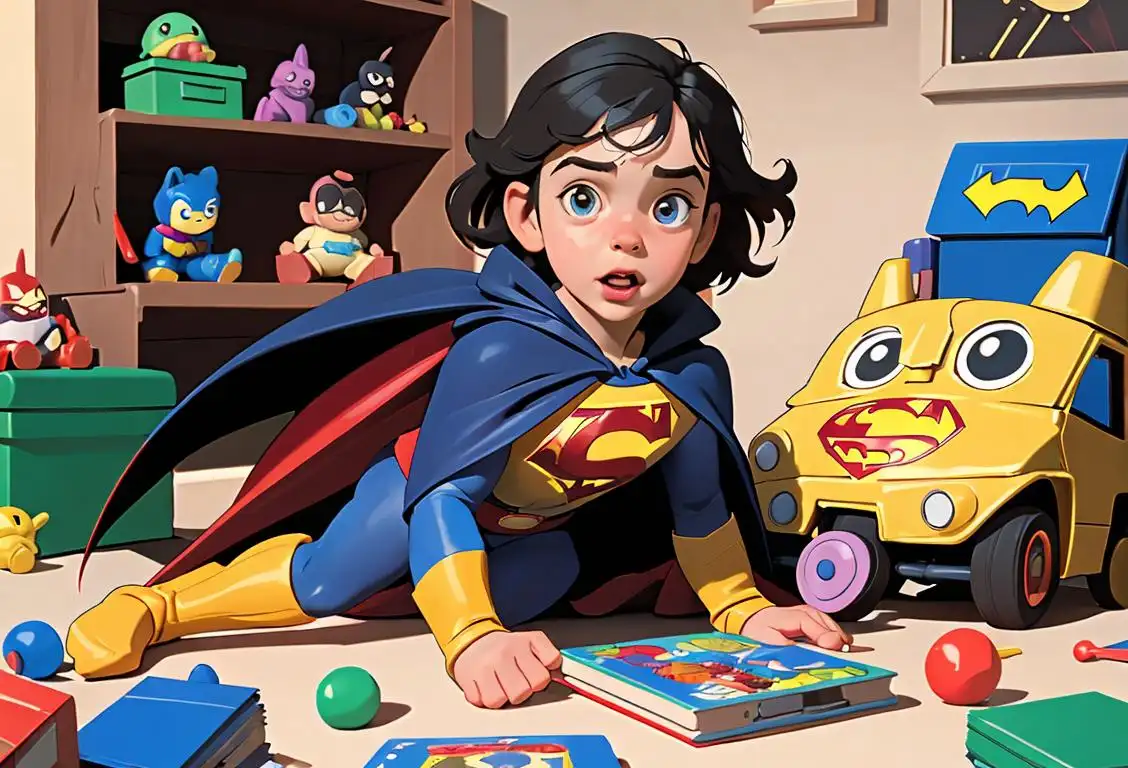National Flash Day

Welcome to the exciting world of National Flash Day! This is a day dedicated to celebrating the tiny storage device that has revolutionized how we transfer data. Whether you're a tech enthusiast or just someone who appreciates the convenience of portable storage, National Flash Day is the perfect opportunity to geek out and show your love for flash drives.
When is Flash Day?
It's national flash day on the 19th February.
The Evolution of Flash Drives
Let's take a trip down memory lane and explore the fascinating history of flash drives. Back in the day, carrying data around meant lugging around bulky floppy disks or burning CDs, but all that changed with the invention of the flash drive.
The first commercial flash drive, known as the ThumbDrive, was introduced to the market in 2000 by IBM. With its compact size and impressive storage capacity (a whopping 8MB!), it quickly gained popularity among computer users.
Over the years, flash drives continued to evolve and improve. We saw capacities increase to gigabytes, then terabytes, and now we have flash drives the size of a fingernail that can store more data than you could ever imagine!
Celebrating National Flash Day
Now that we have a basic understanding of the history behind flash drives, let's talk about how to celebrate National Flash Day. The possibilities are endless!
1. Show off your flash drive collection: If you're a true flash drive aficionado, why not gather all your flash drives and create a dazzling display? You can arrange them by color, size, or even alphabetically! It's a great way to showcase your love for these handy little devices.
2. Share your favorite flash drive moment: Did your trusty flash drive save the day when you had an important presentation? Or maybe it helped you transfer your entire music library to a new computer? Share your favorite flash drive story on social media using the hashtag #NationalFlashDay. You never know, your story might inspire others!
3. Upgrade your flash drive: If you're still hanging onto an old, slow flash drive, National Flash Day is the perfect excuse to treat yourself to a new and improved one. With high-speed USB 3.0 technology and massive storage capacities, the latest flash drives will make transferring files a breeze.
The Future of Flash Drives
As technology continues to advance, the future of flash drives looks promising. We can expect even faster transfer speeds, higher storage capacities, and perhaps even more innovative designs. Who knows, maybe one day we'll have flash drives that can teleport data!
So, on this National Flash Day, let's raise a toast to these tiny storage superheroes. They may be small in size, but their impact on our daily lives is immeasurable. Happy National Flash Day!
History behind the term 'Flash'
1785
Flash of Light
The term 'flash' originally referred to a sudden burst of light or flame. It came from the Middle English word 'flaschen,' meaning to give off sparks or shine brightly. This usage often described the intense light produced by a lit match or a candle flame.
1851
Flash Powder
In the 19th century, the term 'flash' started gaining a more specific meaning related to photography. In 1851, English photographer Alfred Swaine Taylor introduced 'flash powder' to photography. This explosive mixture of chemicals, including potassium chlorate and magnesium powder, produced a flash of light when ignited.
1887
Flashlight Invention
The term 'flash' expanded further with the invention of the flashlight. In 1887, an Englishman named David Misell patented the first practical handheld electric flashlight. The device used dry cell batteries and had a carbon filament bulb, which produced an instant burst of light when the switch was pressed.
1960s
Flash Photography
During the 1960s, 'flash' became closely associated with photography due to the widespread use of flashbulbs. These disposable bulbs contained a small wire filament and chemicals that reacted to an electrical current, creating a brief and intense burst of light when triggered. Flash photography became a popular technique, allowing photographers to capture images in low-light conditions or freeze fast-moving subjects.
1996
Flash Animation on the Web
With the advent of the internet, 'flash' took on a new meaning. In 1996, Macromedia introduced 'Flash,' a multimedia software platform that enabled the creation of interactive animations, games, and websites. Flash revolutionized web design, allowing multimedia content to be seamlessly integrated into websites. It became widely used for animated banners, interactive navigation, and online games.
Late 2000s
Decline of Flash Technology
By the late 2000s, Flash technology started to decline due to various factors. The rise of mobile devices, concerns over security vulnerabilities, and the increasing popularity of open web standards led to a shift away from Flash. Major tech companies stopped supporting Flash in their web browsers, and HTML5 emerged as a more versatile and efficient alternative for multimedia content.
Did you know?
Did you know that the world's largest flash drive, created by Kingston Technology, has a mind-boggling capacity of 2 terabytes? That's enough storage to hold over half a million photos or 500 hours of HD video!Tagged
technology storage dataFirst identified
19th February 2021Most mentioned on
19th February 2021Total mentions
5Other days
Flash Drive Day
Flash Day
I Saved From Day
Techies Day
Stockpile Website A Day
Battery Day
Telephone Day
Radio Day
Stem Day
Video Games Day








